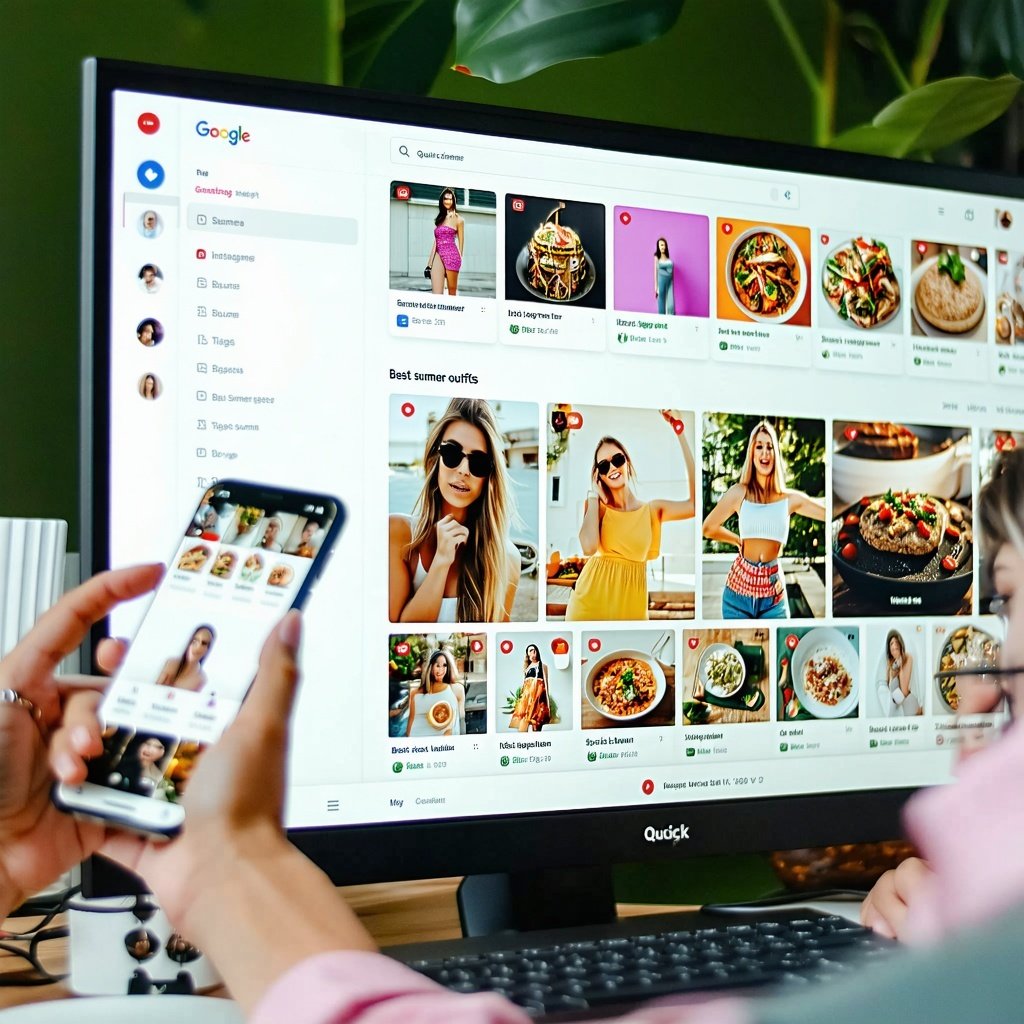Winning in the Age of AI Search: How Brands Can Thrive as Search Evolves
Search is changing faster than ever. With the rise of AI-powered features like Google’s AI Overviews and AI Mode, the familiar “10 blue links” are...
Read moreOur Client Operations Director, Jade Coleman, talks us through how to build high quality backlinks for your website in 2020. From quick win strategies to creative content, read more in her latest article.
We all know that the face of SEO is constantly changing. Those that have been in the industry long enough will remember the old ‘black hat’ techniques. Getting rankings was fairly easy with a few (hundred) website backlinks and some over optimised copy.
If you want to learn the latest tips, or fancy a bit of a history lesson on link building, this post on building high quality backlinks in 2020 should be just what you’re looking for.
In 2011, I’d just moved from client side to agency life. For the first time I was looking after a handful of my own clients. SEO strategies at this time were, on the face of it, not much different to now; technical housekeeping, content, link building and social.
Throughout this post I’m going to talk about link building – from the hundreds of links generated a week in 2011, to how to build high quality backlinks for your website in 2020.
Back then it was easy enough to generate 50 website backlinks in 10 minutes with software. Input keyword (anchor text), input URL, go. For the newbies to the SEO world – yes, it was that easy.
The Penguin algorithm was launched in 2012, which specifically targeted link spam and link building practices aimed to manipulate search engines. Yes, that’s what I was doing, and that’s what we were all doing in the world of SEO back then – manipulating search engines. As a result, 2012 was a slog. The amazing results we’d been getting for our clients as a result of building ‘black hat’ links were now having the opposite effect. Rankings were dropping drastically.

Fast forward to today, Penguin is part of the core algorithm. And, because it runs concurrently with the core, you can see the impact of your SEO link building efforts almost instantly. Good and bad.
So, why am I writing this blog post today? Over the past week there have been 2 instances which have taken me back to my 2011 SEO days:
“Gain 50 paid links per month”
So, I’m going to cover three different ways of how to create high quality backlinks.
Let’s take a look at the first part of Google’s Link Scheme Guidelines:
|
The following are examples of link schemes which can negatively impact a site's ranking in search results: · Buying or selling links that pass PageRank. This includes exchanging money for links, or posts that contain links; exchanging goods or services for links; or sending someone a “free” product in exchange for them writing about it and including a link · Excessive link exchanges ("Link to me and I'll link to you") or partner pages exclusively for the sake of cross-linking · Large-scale article marketing or guest posting campaigns with keyword-rich anchor text links · Using automated programs or services to create links to your site · Requiring a link as part of a Terms of Service, contract, or similar arrangement without allowing a third-party content owner the choice of using nofollow or other method of blocking PageRank, should they wish. |
Building links which don’t abide by these guidelines can be detrimental for organic performance. And trust me, from experience, it’s not a case of ‘if’ Google finds out – it’s more of a case of ‘when’.
The Long Game
Building website backlinks to a website in 2020 is time consuming, and can be costly. If done right, it can build good quality backlinks. I recommend producing some form of creative content such as:
Think about what is going to grab people’s attention. Find the catch and think about your audience and their interests. Ensure that your ideas are relevant to current trends and figure out how you can put a twist on your idea to make it relevant. Try to create something unique that hasn’t been done many times before.
Is it shareable? Are your target audience likely to share it on their social pages and are informative website/blogs likely to link to it? Your asset needs to give these websites enough information, interest or humour for them to write about it.
Here’s how to plan your link building campaign:
Brainstorm rough ideas on paper then research online to see if it’s been done before. Check Google Keyword planner to see if high search volume keywords can be aligned to this topic.
Once you’ve cracked your topic decide on your format. Its worthwhile sourcing a professional to write and design your asset.
Ensure that whatever format your asset is in, it’s optimised for SEO. For example, if it’s a video, name your video file using a target keyword.
We recommend hosting the asset on the target website for backlinks. Add relevant to your page to give search engines information about your asset.
Get in touch with relevant information and blog websites showcasing your asset. We recommend sending them content with the link included pointing back to your website. Don’t be put off if you don’t get many responses. We find the average response rate to be between 10-15%.
The Quick Win Strategy
If you’re looking for how to build backlinks to your website, but don’t currently have the resource to produce creative assets then there are two quick win strategies I’d recommend.
Broken backlinks occur when a backlink has been created pointing to an old or incorrect URL. Ahrefs has a feature to help you find broken backlinks. It provides a list of backlinks pointing to a page on your website that returns a 404 error response.

We recommend contacting these websites to repoint this link to a new, relevant page, or redirecting the URL the backlink is pointing to, to another page on your website.
2. Unlinked Mentions
This is where there is a website that mentions your brand name without linking directly to your site. Ahrefs Content Explorer allows you to find mentions of any word on the web. Here you can input your brand name and find websites that mention the brand without linking.
Gaining website backlinks in 2020 is time consuming but with these techniques above you can create high quality backlinks, far different from those we used to rely on tools to build for us in 2011. Approach your link building strategy with creativity and don’t expect high quality backlinks overnight.
Want to find out more about building high quality backlinks? Get in touch with our SEO experts today. You can also tweet us @clickthrough.
More articles you might be interested in:

Search is changing faster than ever. With the rise of AI-powered features like Google’s AI Overviews and AI Mode, the familiar “10 blue links” are...
Read more


The latest version of our newsletter should have settled in your email inbox, detailing the need-to-know information and must-read thought leadership...
Read more
Arming yourself with the right tools to ensure a smooth site migration is important - find out how to protect your SEO during a migration today.
Read more
As the cost of living continues to present challenges for many Brits, an increasing number of families are choosing to holiday within the United...
Read more
Our first curated newsletter has hit inboxes, detailing all of the latest need-to-know information and sharing all the necessary thought leadership...
Read more
Over the past few years, marketing leaders have been gearing up for the inevitable 'Cookieless Future'. Safari was the first to bid farewell to...
Read more